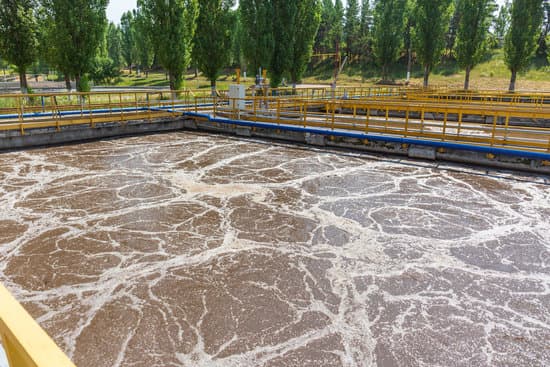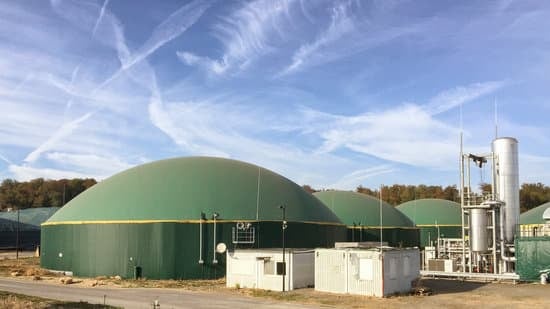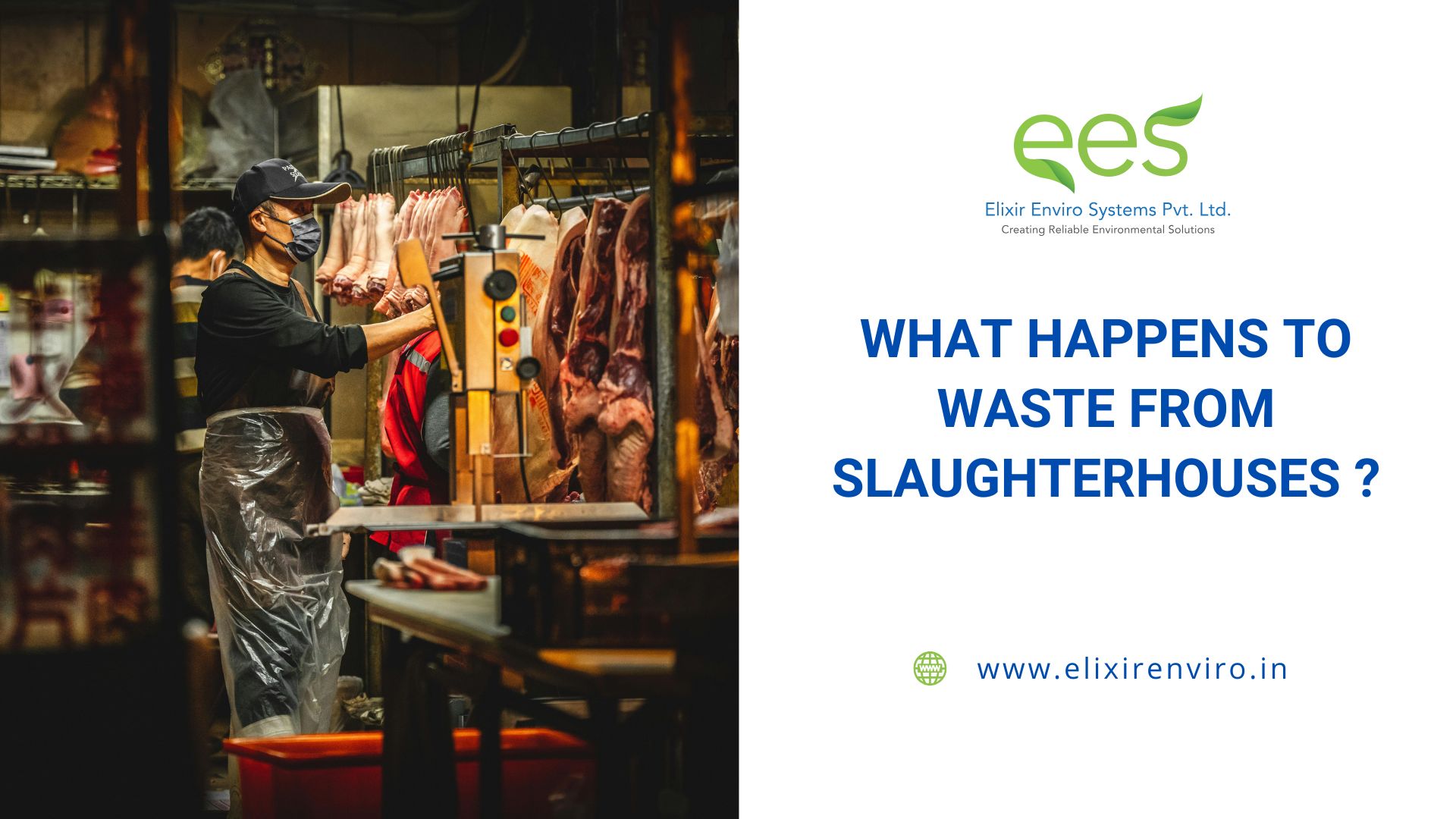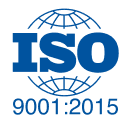What Happens to Waste from Slaughterhouses?
Slaughterhouses play a crucial role in the food industry, providing meat for consumption. However, they also generate large amounts of waste, including blood, fat, bones, hides, feathers, and wastewater. Proper management of this waste is essential to prevent environmental pollution and ensure sustainability.
Types of Slaughterhouse Waste
Slaughterhouse waste can be categorized into the following types:
- Solid Waste – This includes bones, hooves, hides, feathers, and undigested food from the animal’s stomach and intestines.
- Liquid Waste – Blood, fats, and wastewater from cleaning processes fall into this category.
- Gaseous Emissions – Byproducts processing plant such as rendering plants, hide processing unit, gelatine manufacturing unit (Ossein manufacturing unit) etc will release odour. In addition to that the decomposition of organic waste (be it liquid or solids described above) can release gases like ammonia, hydrogen sulfide, mercaptons, Volatile Organic Compounds (VOCs), etc. contributing to foul odours and air pollution.
Environmental Impact of Slaughterhouse Waste
If not managed properly, slaughterhouse waste can have significant negative effects on the environment:
- Water Pollution – Wastewater rich in organic matter and pathogens can contaminate water sources, leading to health hazards.
- Air Pollution – The odourous gas release from the above sources and the release of methane due to decomposing organic matter contribute to odour problems and air quality deterioration.
- Soil Contamination – Improper disposal of solid and liquid waste can lead to soil pollution and disrupt ecosystems.
Slaughterhouse Waste Management Solutions
To mitigate environmental risks, various waste management techniques are employed:
1. Wastewater Treatment
Slaughterhouses generate large amounts of wastewater containing blood, fats, and organic matter. This water needs to be treated before being discharged into natural water bodies. Elixir Enviro Systems offers advanced wastewater treatment solutions that help in removing contaminants through biological and physical treatment processes, ensuring compliance with environmental regulations.

2. Rendering Process
Rendering is a common method used to convert animal by-products into useful materials like meat and bone meal, tallow, and gelatin. These products are then used in industries such as animal feed, soap manufacturing, and biodiesel production.
3. Anaerobic Digestion for Energy Recovery
Anaerobic digesters can be used to break down organic slaughterhouse waste, producing biogas that can be utilized for energy generation. This process helps in reducing greenhouse gas emissions while providing a renewable energy source.

4. Composting and Fertilizer Production
Organic slaughterhouse waste can be composted to create nutrient-rich fertilizers for agricultural use. This process not only helps in waste reduction but also promotes sustainable farming practices.
5. Odour Control Measures
Managing odours from slaughterhouses is essential to maintain a healthy working environment and minimize complaints from surrounding communities. Elixir Enviro Systems provides biofilters – Standard rate Biofilters, High rate biofilters, containerised biofilters etc, scrubbers – water scrubbers, Acid scrubbers, Alkali scrubbers, Bioscrubber etc, and other odour control technologies such as Biotrickling filters, thermal oxidisers, activated carbon filters etc that help neutralize foul smells efficiently.
The major odour releasing operations are
- Rendering plants: The process where byproducts such as soft tissues and bones of the large animals are crushed, cooked and dried for further processing to byproducts such as meat-meal. In case of Poultry slaughterhouses, rendering will be used for feathers, soft tissues (intestines and others), head and feet to make the byproducts such as the chicken-meal, feather meal etc. These byproducts are generally used in the pet feed industry.
- Bonemeal Plants: The process wherein only the bones of large animals are processed to produce crushed bones (sometimes gel bones) and bonemeal etc. The crushed bones & gel bones are used in gelatin manufacturing and the bonemeal is generally used as organic fertiliser. The warehousing (storage), cooking and the drying stage releases odour.
- Hide processing units: In general, hide processing happens in two stages – salting stage and leather manufacturing stage(tannery). Generally the salting stage alone happens in the slaughterhouse premises and the leather processing happens at a different unit called Tannery. In the salting stage, the hides are kept one on top of the other with a good quantity of sea salt in between. After salting for several days, the same shall be transported to tannery for further processing to leather. This temporary storage itself will cause huge odour pollution and high TDS wastewater generation. The tannery is yet another process wherein the odour and wastewater pollution is huge.
- Animal fat processing plant: Animal fat or tallow processing plant also releases odour and wastewater. The cooking phase and the storage stage generally release odour. The product is purified animal fats is used in generally in the pet feed industry and sometimes in soap manufacturing and some areas of the world it is used for direct consumption as well.
- Gelatin manufacturing unit: The gelatin manufacturing happens in several stages – crushed bone (gel bone) manufacturing, Ossein manufacturing unit – where ossein and dicalcium phosphate is being produced and the final gelatin manufacturing unit. The product of each stage is the raw material to the next. Crushed bones and gel bones are used for ossein manufacturing, and this ossein is used in gelatin manufacturing.
For a detailed approach to managing exhaust air in poultry and meat processing facilities, check out our article: How to Treat the Exhaust Air from Poultry and Meat Processing Companies?
Regulatory Compliance and Best Practices

Governments and environmental agencies impose strict regulations on slaughterhouse waste management. Companies must comply with standards related to water discharge, waste disposal, and air quality to avoid legal penalties. Implementing best practices such as regular waste audits, efficient treatment systems, and sustainable waste disposal methods ensures environmental responsibility.
As of today, in India we do not have a concrete odour control law, but instead what we have is nuisance law, due to which many companies faces closure of their factories and are allowed to operate only with the proper odour pollution mitigation system. Elixir Enviro System has rescued many companies and brought them back to operation when many went to closure.
Elixir Enviro Systems’ Services
Elixir Enviro Systems specializes in providing comprehensive environmental solutions for slaughterhouse waste management. Our services include:
- Industrial Wastewater Treatment – Advanced treatment technologies for removing organic contaminants, fats, and pathogens from slaughterhouse wastewater
- Odour Control Solutions – Elixir Enviro Systems provides biofilters – Standard rate Biofilters, High rate biofilters, containerised biofilters etc, scrubbers – water scrubbers, Acid scrubbers, Alkali scrubbers, Bioscrubber etc, and other odour control technologies such as Biotrickling filters, thermal oxidisers, activated carbon filters etc that help neutralize foul smells efficiently.
- Anaerobic Digesters – Sustainable solutions for biogas production from organic waste.
- Sludge Handling Equipment – Efficient processing and disposal of sludge generated in wastewater treatment and from anaerobic digestion.
- Monitoring Equipment – Real-time monitoring systems to ensure compliance with environmental regulations.
- Consultancy Services – Expert guidance on waste management strategies and regulatory compliance.
- Onsite Wastewater Quality Assessment – Analysis and optimization of wastewater treatment processes.
- Onsite Odour Assessment – Analysis and optimization of odour control units.
- Pilot Studies for Wastewater Treatment – Customized pilot projects to evaluate and enhance treatment efficiency.
Conclusion
Slaughterhouse waste, if not managed properly, can have severe environmental consequences. However, with efficient treatment technologies, resource recovery methods, and odour control solutions, it is possible to turn waste into valuable resources. Elixir Enviro Systems specializes in providing cutting-edge solutions for industrial wastewater treatment, odour control, and sustainable waste management, ensuring a cleaner and greener future.








